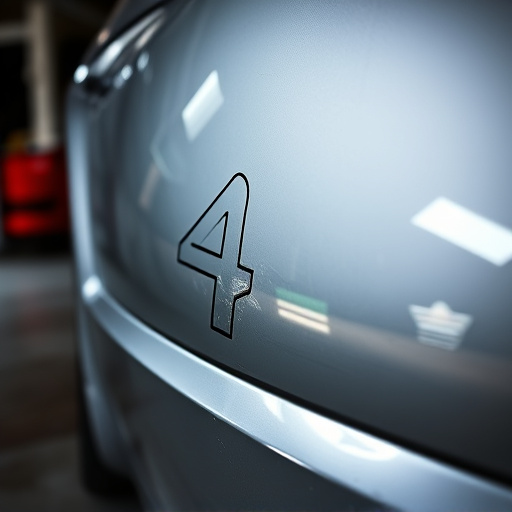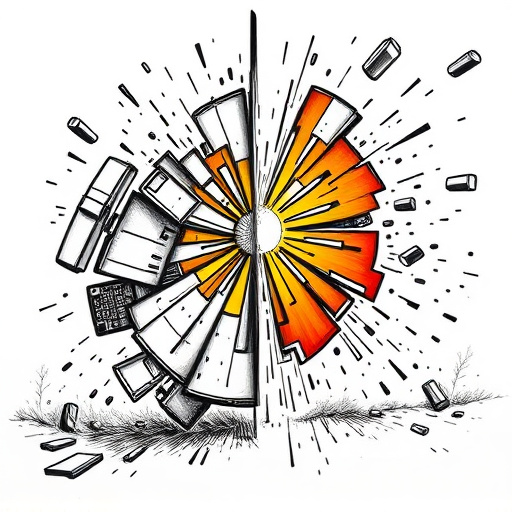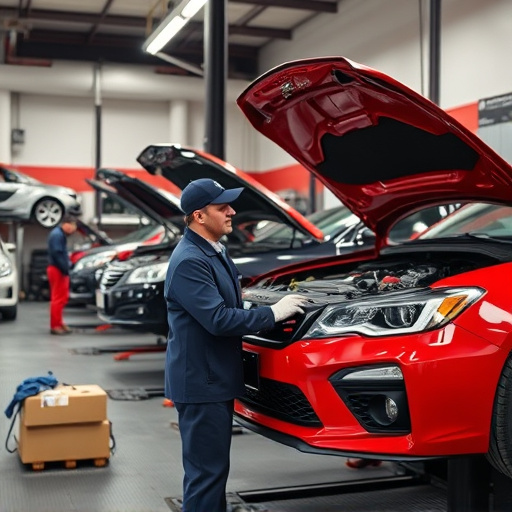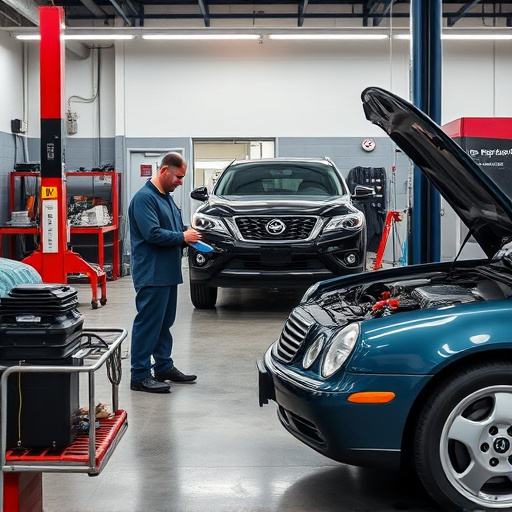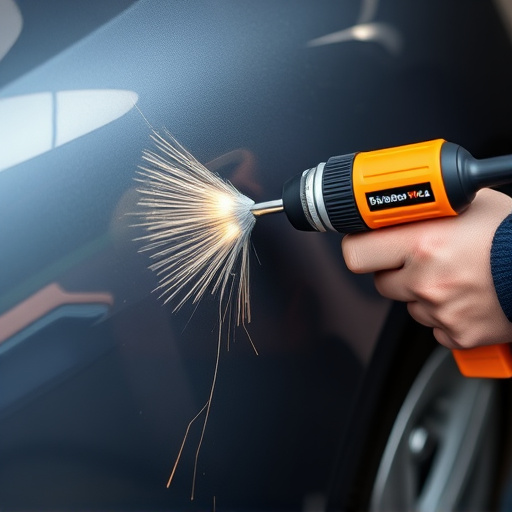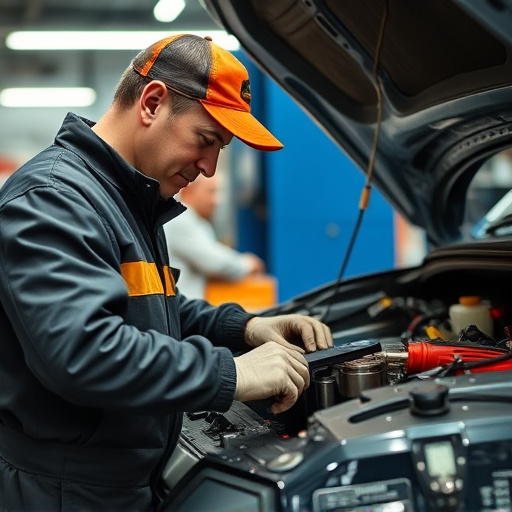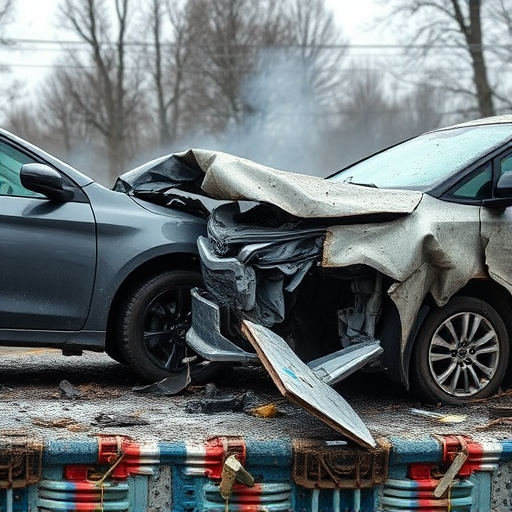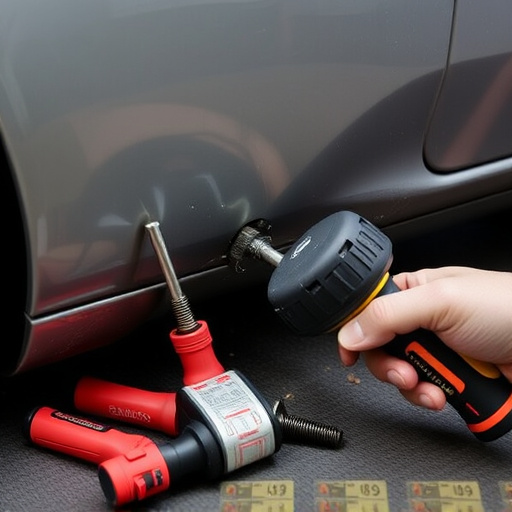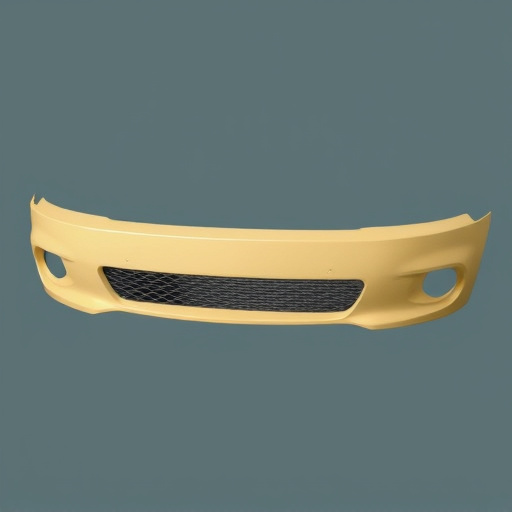The Collision Severity Scale helps assess vehicle damage, from minor dents to severe structural issues, guiding repairs like seat fixations ranging from simple fixes to complex replacements, ensuring safety and aesthetic restoration through tailored solutions including auto body, paint, and upholstery services.
Collision severity, rated on a scale, significantly impacts the extent of seat repair needs. Understanding this scale is crucial for determining the level of damage, whether visible or hidden, in post-collision vehicles. This article delves into the evaluation process, guiding readers through identifying seat damage and its potential cost and time implications. By understanding collision severity and its effects on seat repair, drivers can make informed decisions when navigating the aftermath of an accident, ensuring safety and efficient vehicle restoration.
- Understanding Collision Severity Scale
- Evaluating Seat Damage: Visible vs. Hidden
- Repairing Seats: Cost and Time Considerations
Understanding Collision Severity Scale

The Collision Severity Scale is a standardized system used by automotive professionals to classify the extent of damage incurred during a collision. This scale ranges from minor dents and scratches to severe structural damage, offering a clear indication of the repair needs for each case. Understanding this scale is paramount for both car owners and reliable car repair shops alike. By assessing the severity, experts can accurately determine whether a seat repair is as simple as fixing a crumpled panel or involves more complex procedures, such as replacing entire sections of the seating system.
This classification plays a pivotal role in the efficiency and cost-effectiveness of automotive repair services. A car dent repair for a minor incident might be manageable for an owner, but severe collision damage could necessitate comprehensive seat repairs. Recognizing these differences enables auto body shops to offer tailored solutions, ensuring that every car leaves their facility in optimal condition, whether it’s through a simple car dent repair or more intricate seat restoration.
Evaluating Seat Damage: Visible vs. Hidden
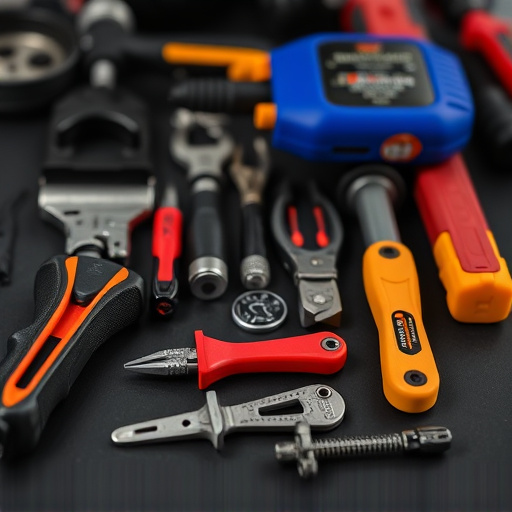
Evaluating seat damage involves a meticulous process that goes beyond what’s immediately visible. While some seat injuries are obvious, like rips and tears in fabric or broken springs, others may be hidden beneath the surface. Collision severity plays a significant role here—a minor fender bender might leave only superficial marks, while a high-impact crash can cause intricate damage that requires professional auto body services for repair.
Car restoration isn’t just about fixing what meets the eye; it involves understanding how collision damage interacts with complex seat mechanisms. Hidden issues like misaligned frames, detached cushions, or compromised safety features necessitate thorough inspections. Vehicle restoration experts leverage their skills to uncover these subtleties, ensuring that once a seat is repaired, it functions optimally and safely—a crucial aspect in mitigating risks associated with future accidents.
Repairing Seats: Cost and Time Considerations
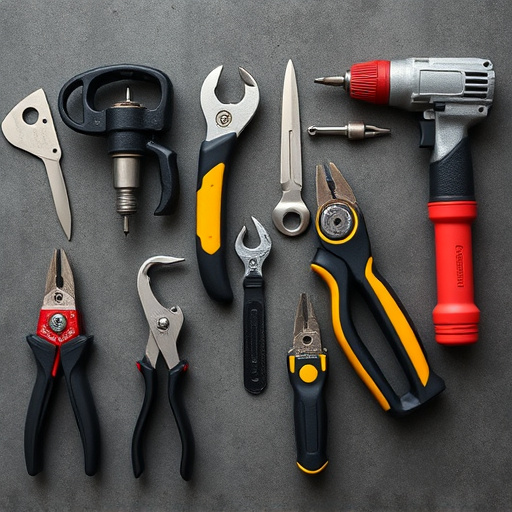
Repairing seats after a collision isn’t just about restoring aesthetics; it’s crucial for safety and comfort. The severity of collision damage significantly impacts the extent of seat repair needed, affecting both cost and time. Minor fender benders might only require surface repairs, such as re-staining or replacing worn-out parts, which can be relatively quick and affordable. These processes may involve specialized auto upholstery services that understand the intricacies of different vehicle makes, including luxury brands like Mercedes Benz.
For more severe collisions, extensive seat repair or even replacement becomes necessary. Collision damage can compromise structural integrity, necessitate spring repairs, or even affect the vehicle’s airbag systems. Comprehensive repairs often take longer and incur higher costs due to the intricate work involved. Car paint services might also be required if the collision has affected the surrounding panels, ensuring the vehicle returns to its pre-accident condition.
Collision severity plays a significant role in determining the extent of seat repair needs, with each level impacting both cost and time requirements. Understanding the collision severity scale is crucial for accurately assessing damage, whether visible or hidden. This knowledge empowers individuals to make informed decisions regarding seat repair, ensuring safety and efficiency without unnecessary expense. By considering these factors, folks can navigate the process effectively, restoring their vehicles to pre-collision condition.

